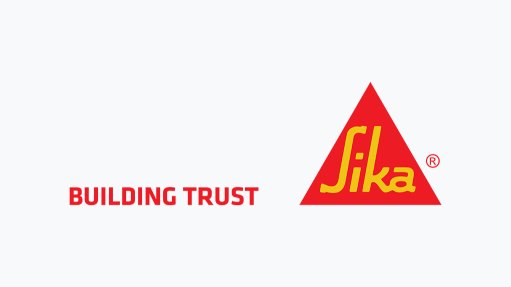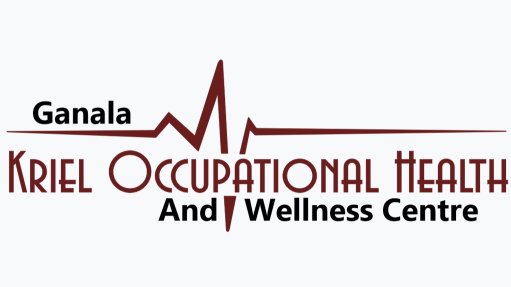Enforcing measurable objectives can ensure quality products



MEASURABLE OBJECTIVES ISO standards assist manufacturers in creating measurable objectives to ensure high quality
MUHAMMAD ALI Following international standards can reassure foreign customers of the quality of products
Businesses need to implement measurable objectives to manage product quality and ensure products meet the standards expected by consumers. The most effective avenue to do so is to become certified with the International Organisation for Standardisation (ISO), says business management consultant World Wide Industrial and Systems Engineers (WWISE) MD Muhammad Ali.
Ali explains that numerous reasons contribute to goods being substandard. This includes a lack of structure in terms of systems and processes as well as workers on the line not being given effective training, including performance guidance.
Further, when there is little to no communication, employees fail to understand what the job entails or what targets need to be met, he says.
He notes that these challenges are often a result of poor management, where superiors are out of touch with what staff need to produce the commodity effectively.
Another contributing factor is when product quality is sacrificed to meet stringent timelines.
He says that maximising profits should not come at the expense of what is ultimately delivered to the customer.
The effects of poorly produced goods can be catastrophic for countries that import them. Nigeria, for example, is estimated to be losing R624-billion every year to substandard or fake products.
Uganda also recently began tackling the issue of substandard products by establishing laboratories to test the quality of both food and nonfood products.
In South Africa, substandard personal protective equipment proliferated at the height of the Covid-19 pandemic. This resulted in a number of companies being investigated, with some charged, for putting the lives of health workers and citizens at risk.
Businesses that manufacture such products are effectively shooting themselves in the foot as well, because as soon as word gets out that their items are shoddy or dysfunctional, customers will look elsewhere, says Ali. “There could even be legal action taken in cases where customers are adversely affected.”
He emphasises the need to put measurable objectives in place to ensure products meet required standards prior to employees beginning the production process.
“You need to create measurable objectives which are the outcome of a transparent and thorough risk assessment.
“Mitigation plans, projects and budget management should assist the business in tackling these issues by ensuring the objectives become key performance indicators for top management which yield results if they wish to receive bonuses.”
Through being ISO certified, businesses can easily understand and create measures to ensure they meet the standards’ requirements. Each standard within the ISO range indicates the tools required – policies, process flows, procedures, work instructions, forms reports and statistical analysis, for example – to help the company meet its objectives.
ISO 9001:2015 is an international standard that creates structure and governance in an organisation by emphasising top management accountability and employee responsibility. It emphasises that understanding a system is only as good as it is communicated, practised and shows evidence of improvement, says Ali.
“The standard is principle-focused, with a strong emphasis on customers, leadership, engagement of people, improvement, evidence-based decision-making and supplier relationships. External audit and certification also provide a level of assurance to clients, such as insurance companies, and place guarantees on optimum products and services,” he elaborates.
Implementation and certification of ISO 9001:2015 is essential in developing markets like South Africa, he adds.
“If you don’t have this standard in place, it is very unlikely that you will receive any private or public clientele as they will not be confident enough to do business with you.”
Effective implementation for small companies (50 staff or less) takes between six and nine months, while larger companies can expect it to take between one to two years.
Monitoring and measuring equipment to conduct inspections and testing is required for all industries, including the services sector.
Ali points to other standards that should be implemented by South African manufacturing firms. These include ISO 9001 – Quality; ISO 14001 – environmental; ISO 45001 – occupational health and safety; and any other South African National Standard or international standard alignment.
Those businesses operating in international markets should also pursue ISO 37001 (bribery management systems) owing to the “high levels of corruption in South Africa”, says Ali.
“South Africa might be red-flagged in these markets, so it’s important to ensure every step is being taken to reassure foreign customers,” he adds.
WWISE has found, on average, yielding returns on the effective implementation of standardisation can take anywhere from three months to three years.
Article Enquiry
Email Article
Save Article
Feedback
To advertise email advertising@creamermedia.co.za or click here
Comments
Press Office
Announcements
What's On
Subscribe to improve your user experience...
Option 1 (equivalent of R125 a month):
Receive a weekly copy of Creamer Media's Engineering News & Mining Weekly magazine
(print copy for those in South Africa and e-magazine for those outside of South Africa)
Receive daily email newsletters
Access to full search results
Access archive of magazine back copies
Access to Projects in Progress
Access to ONE Research Report of your choice in PDF format
Option 2 (equivalent of R375 a month):
All benefits from Option 1
PLUS
Access to Creamer Media's Research Channel Africa for ALL Research Reports, in PDF format, on various industrial and mining sectors
including Electricity; Water; Energy Transition; Hydrogen; Roads, Rail and Ports; Coal; Gold; Platinum; Battery Metals; etc.
Already a subscriber?
Forgotten your password?
Receive weekly copy of Creamer Media's Engineering News & Mining Weekly magazine (print copy for those in South Africa and e-magazine for those outside of South Africa)
➕
Recieve daily email newsletters
➕
Access to full search results
➕
Access archive of magazine back copies
➕
Access to Projects in Progress
➕
Access to ONE Research Report of your choice in PDF format
RESEARCH CHANNEL AFRICA
R4500 (equivalent of R375 a month)
SUBSCRIBEAll benefits from Option 1
➕
Access to Creamer Media's Research Channel Africa for ALL Research Reports on various industrial and mining sectors, in PDF format, including on:
Electricity
➕
Water
➕
Energy Transition
➕
Hydrogen
➕
Roads, Rail and Ports
➕
Coal
➕
Gold
➕
Platinum
➕
Battery Metals
➕
etc.
Receive all benefits from Option 1 or Option 2 delivered to numerous people at your company
➕
Multiple User names and Passwords for simultaneous log-ins
➕
Intranet integration access to all in your organisation
















